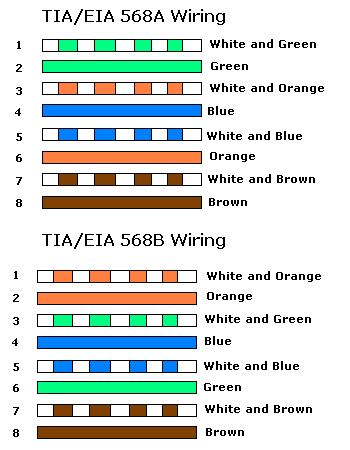boji
Well-known member
Hello,
I'd like your opinions on using M/F RJ-45 connectors to move signals in and out a PCB.
The other end of the cables would be soldered to the backs of xlr/trs jacks or edge connectors like you would see inside an old modular console.
Some I/O would be running to patch panels located about six feet down the chassis. I would be using one female RJ45 jack per balanced signal on the card.
Assuming audio grade wire was used, pinout would be as such:
Pins 1&2 Hot
Pin 3 Null
Pins 4&5 Gnd
Pin 6 Null
Pins 7&8 Cold
Do you think this would sound any worse than say, joining all the O/I out to a single 15pin d-sub connector?
As you know, D-subs encapsulate the pins whereas RJ-45 female pins just sit on the male pad, so I don't know if signal integrity would be an issue.
Also RJ45's use that nifty and quick solderless press tool and plugs that have anti-corrosion gel inside to 'seal' the crimp, but that's not as good as beads of solder.
Might using RJ45's lead to signal loss, poor connection quality or other audio problems?
Thanks for your input!
-Don
I'd like your opinions on using M/F RJ-45 connectors to move signals in and out a PCB.
The other end of the cables would be soldered to the backs of xlr/trs jacks or edge connectors like you would see inside an old modular console.
Some I/O would be running to patch panels located about six feet down the chassis. I would be using one female RJ45 jack per balanced signal on the card.
Assuming audio grade wire was used, pinout would be as such:
Pins 1&2 Hot
Pin 3 Null
Pins 4&5 Gnd
Pin 6 Null
Pins 7&8 Cold
Do you think this would sound any worse than say, joining all the O/I out to a single 15pin d-sub connector?
As you know, D-subs encapsulate the pins whereas RJ-45 female pins just sit on the male pad, so I don't know if signal integrity would be an issue.
Also RJ45's use that nifty and quick solderless press tool and plugs that have anti-corrosion gel inside to 'seal' the crimp, but that's not as good as beads of solder.
Might using RJ45's lead to signal loss, poor connection quality or other audio problems?
Thanks for your input!
-Don


































